Учебные случаи
Guide to Choosing Heat Dissipation Solutions for Outdoor digital Displays: Optimizing Stability and Cost Control
The stable operation of outdoor displays in complex outdoor environments is closely related to the adaptability of the heat dissipation solution. Selecting the right heat dissipation solution not only ensures efficient equipment operation but also enables reasonable cost control. This article compares mainstream heat dissipation solutions to provide a basis for enterprises to make accurate selection decisions.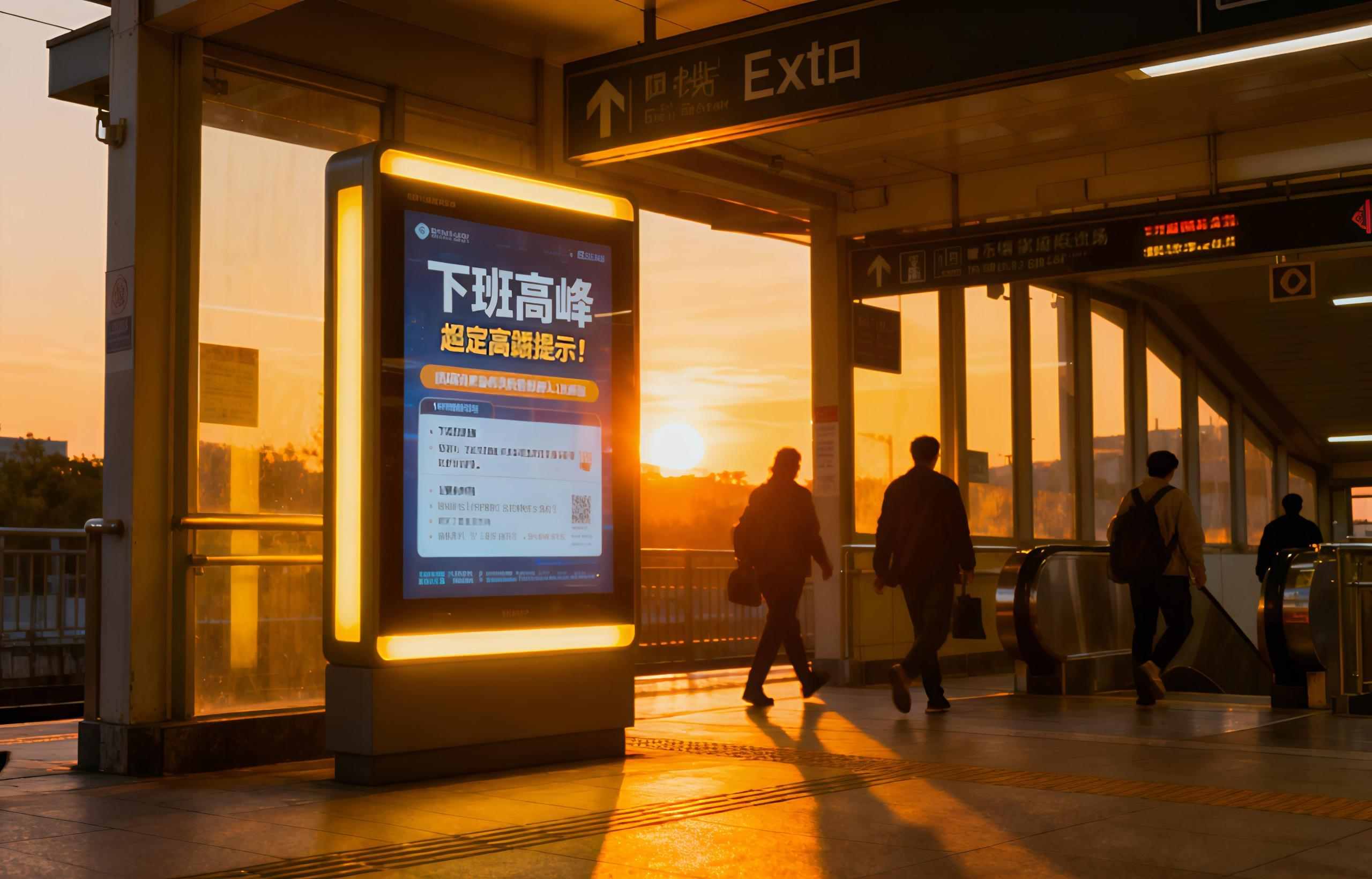
1. Equipment Operation Risks in High-Temperature Environments
Outdoor displays are exposed to the outdoors for a long time. Affected by factors such as direct sunlight and changes in ambient temperature and humidity, internal heat is prone to accumulate, leading to a series of problems: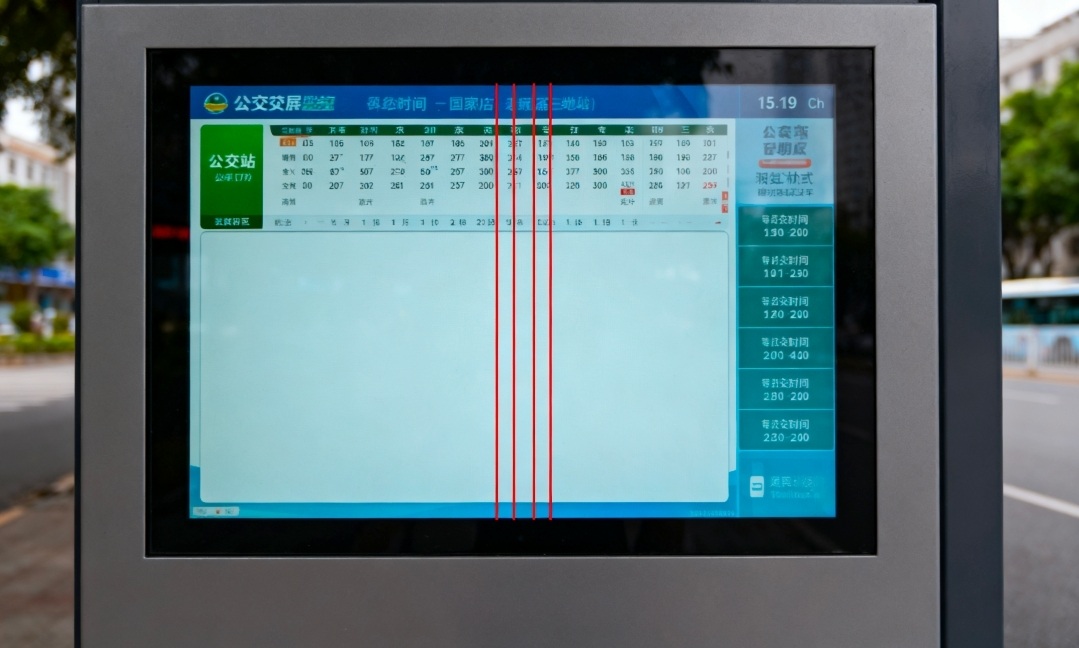
The display effect of the screen is affected, with deviations in brightness and color, weakening the effectiveness of advertising communication;
The aging of internal electronic components is accelerated, which may cause malfunctions such as short circuits, system crashes, and even hardware burnout;
Frequent hardware failures result in a significant increase in maintenance frequency and costs.
2. Comparison of Mainstream Heat Dissipation Solutions
(1)Fan Cooling
Principle: Relies on fans to promote the circulation of internal hot air and external cold air, realizing heat exchange and cooling.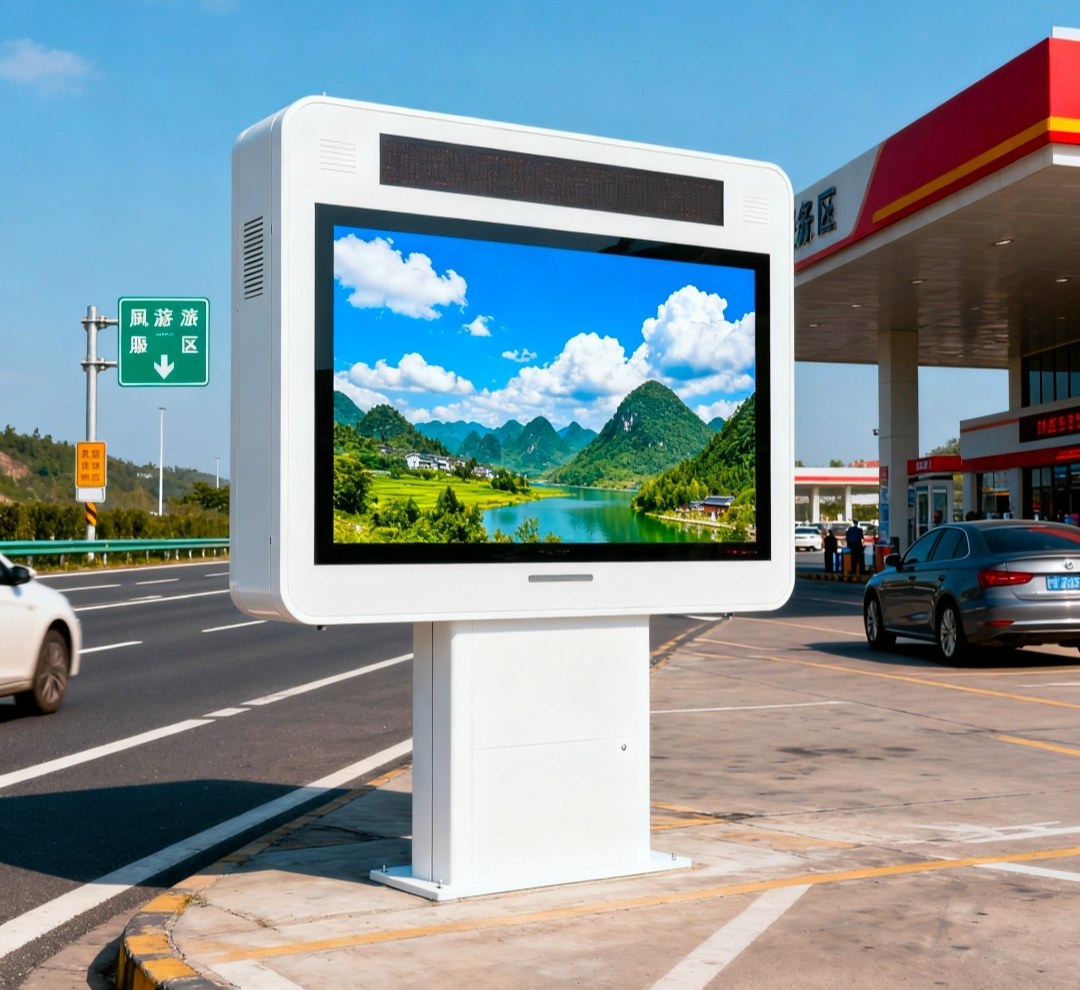
Advantages: The equipment is thin and lightweight, and the initial purchase cost of the entire unit is low.
Disadvantages: The effective operating temperature range is -20℃ to 45℃, leading to poor adaptability in extreme high and low temperature environments; dust is easy to accumulate inside, requiring regular cleaning and maintenance; the overall protection level of the unit is IP55, with limited dust and water resistance; in low-temperature environments, the screen is prone to fogging due to temperature differences between the inside and outside.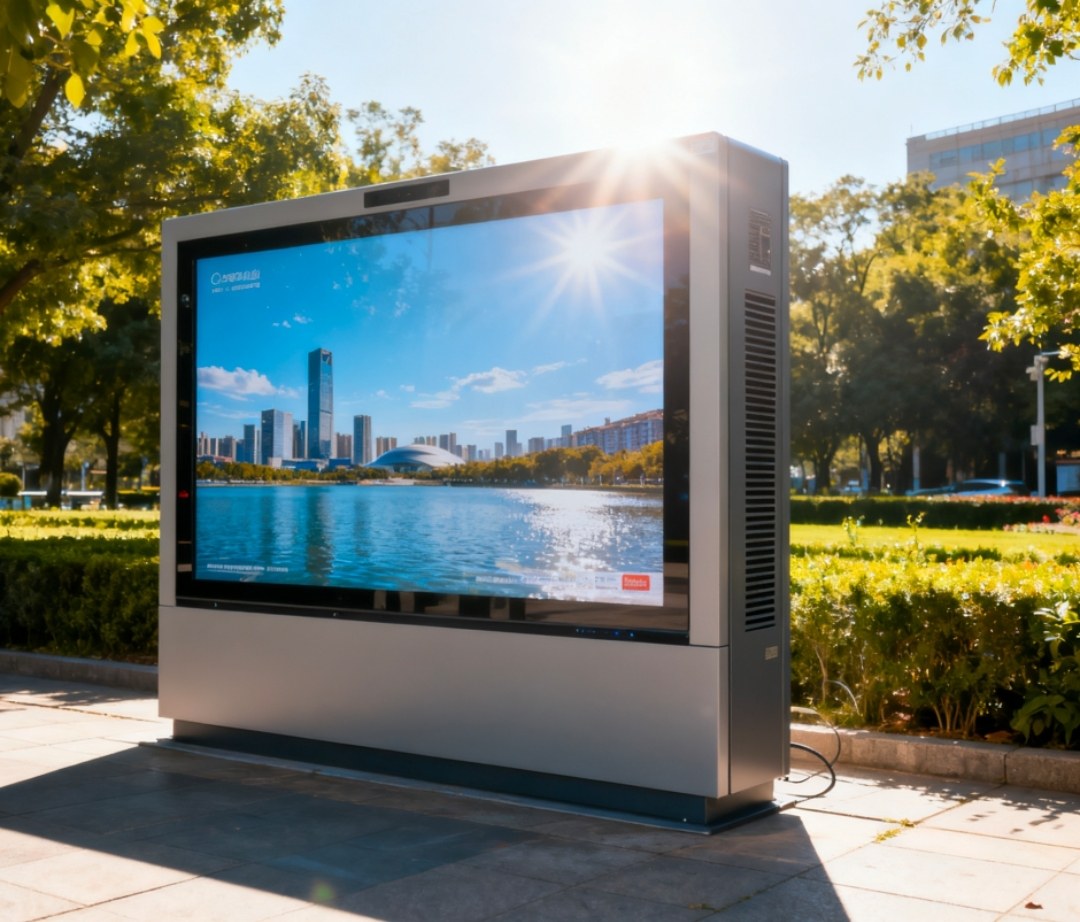
Applicable Scenarios: Areas with clean environments and small temperature differences, such as residential communities and business districts.
(2) Air Conditioning Cooling
Principle: Relies on the operation of the air conditioning compressor to send cold air into the equipment cabinet for heat dissipation of electronic components.
Advantages: Has a wide operating temperature range (up to -40℃ to 55℃) and strong environmental adaptability; the protection level is IP65, with good dust and water resistance.
Disadvantages: High energy consumption and high operating costs; the overall equipment is relatively thick.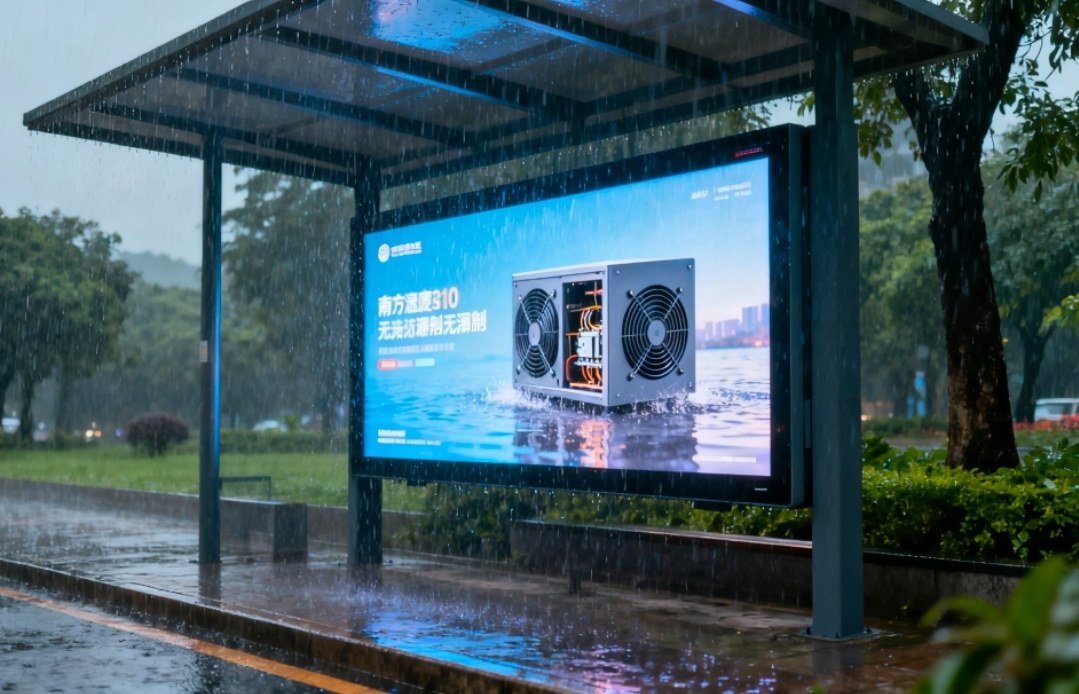
Applicable Scenarios: Areas with large temperature differences and harsh environments (high dust, high humidity), such as desert edges and coastal high-salt-fog areas.
(3) Heat Exchange Cooling
Principle: Uses the heat exchange between external low-temperature air and internal high-temperature air on the thin metal surface of the heat exchange core to reduce the internal temperature.
Advantages: The protection level is IP65, which is energy-saving and environmentally friendly; no daily maintenance is required.
Disadvantages: The applicable temperature range is relatively narrow (-20℃ to 40℃); the overall equipment is relatively thick.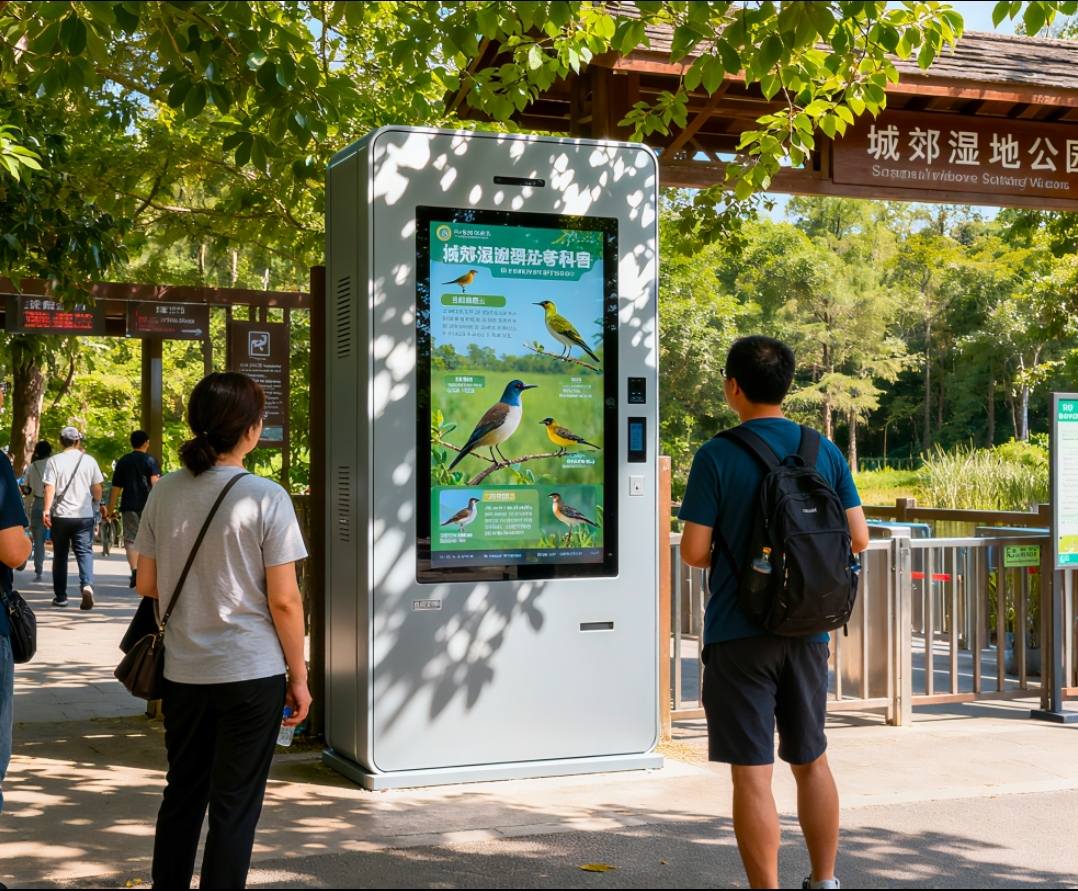
Applicable Scenarios: Outdoor places with high requirements for dust and water resistance and no extreme temperature peaks in the environment.
3. Key Considerations for Selection
When selecting a solution, enterprises should comprehensively consider the following aspects from the perspectives of whole-life-cycle cost and scenario adaptability:
Climate of the Installation Environment: Clarify local parameters such as maximum/minimum temperature, humidity, dust density, and whether it is a coastal area (with high salt fog). For extreme, dusty, or high-humidity environments, prioritize heat exchange or air conditioning cooling.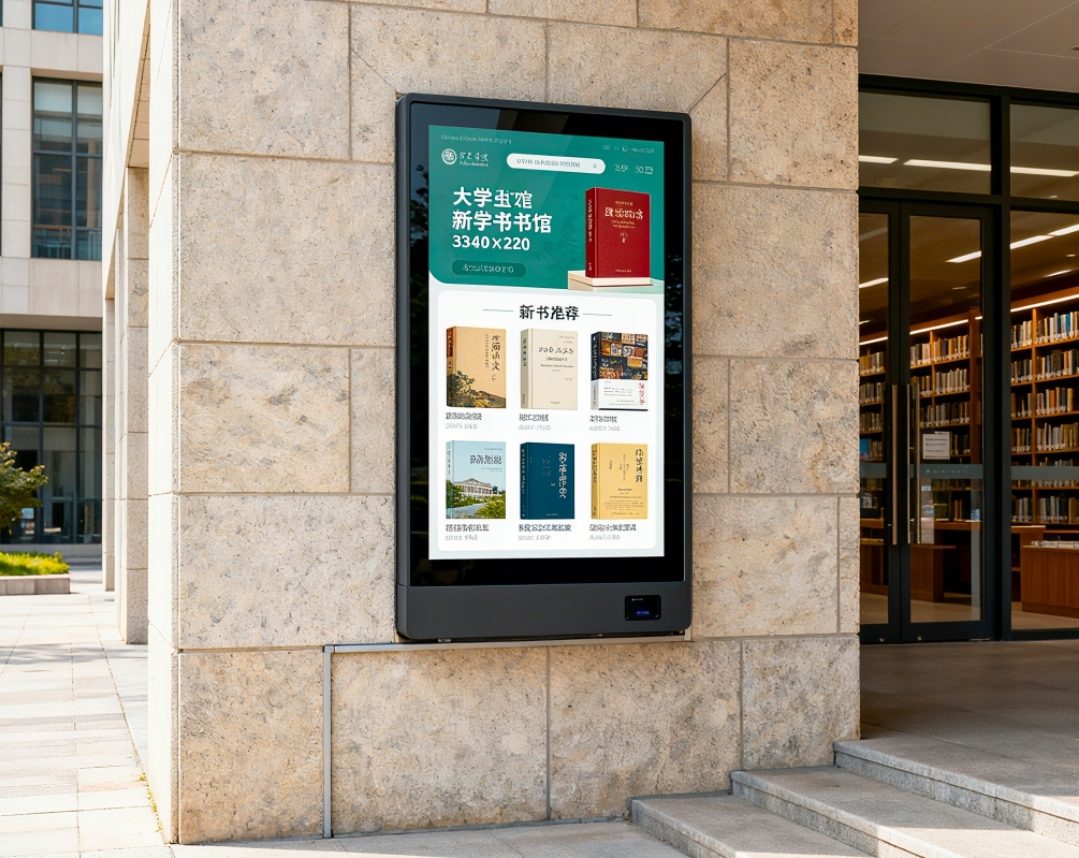
Equipment Lifespan and Total Cost: If pursuing long-term stable operation and reduced maintenance costs, heat exchange (maintenance-free) or air conditioning cooling—though requiring higher initial investment—offer better long-term economic benefits.
Protection Level Requirements: Scenarios with heavy dust, rain, or snow require an IP65 protection level, which can only be met by heat exchange and air conditioning cooling.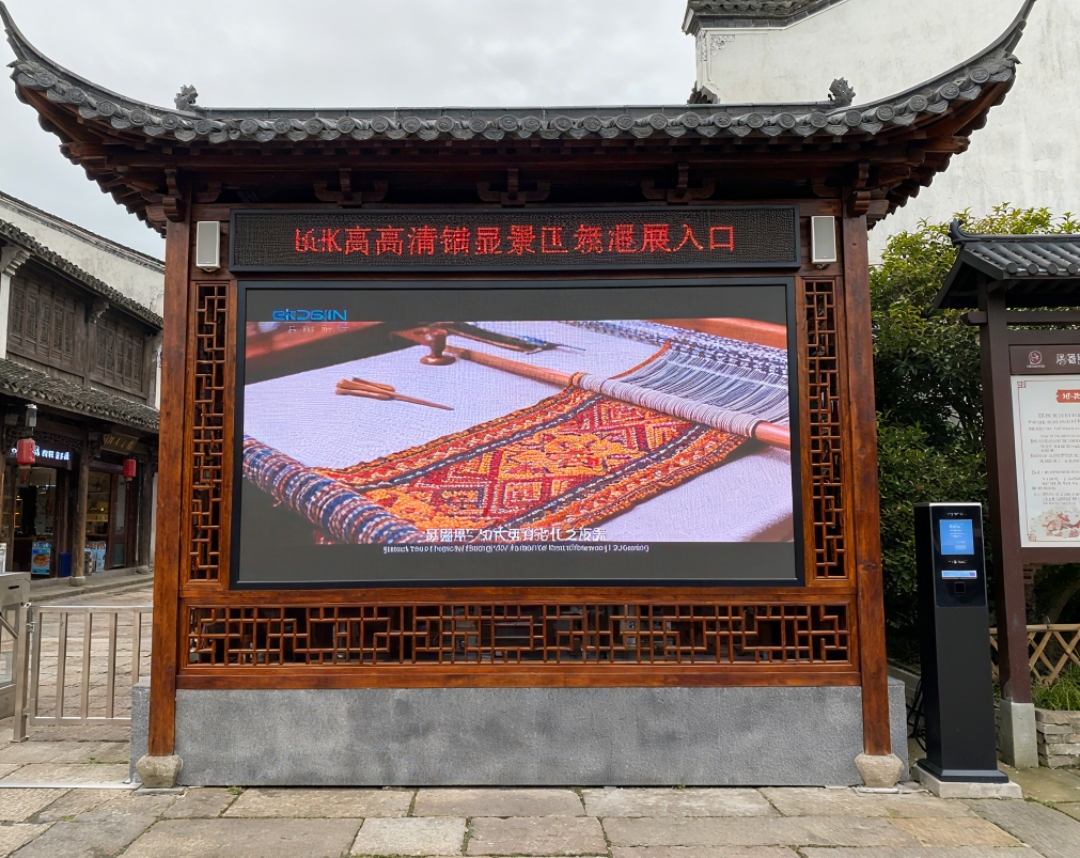
Balance Between Budget and Energy Efficiency: Comprehensively weigh initial investment, operating electricity costs, and maintenance expenses to avoid one-dimensional decision-making.
4. Selection Summary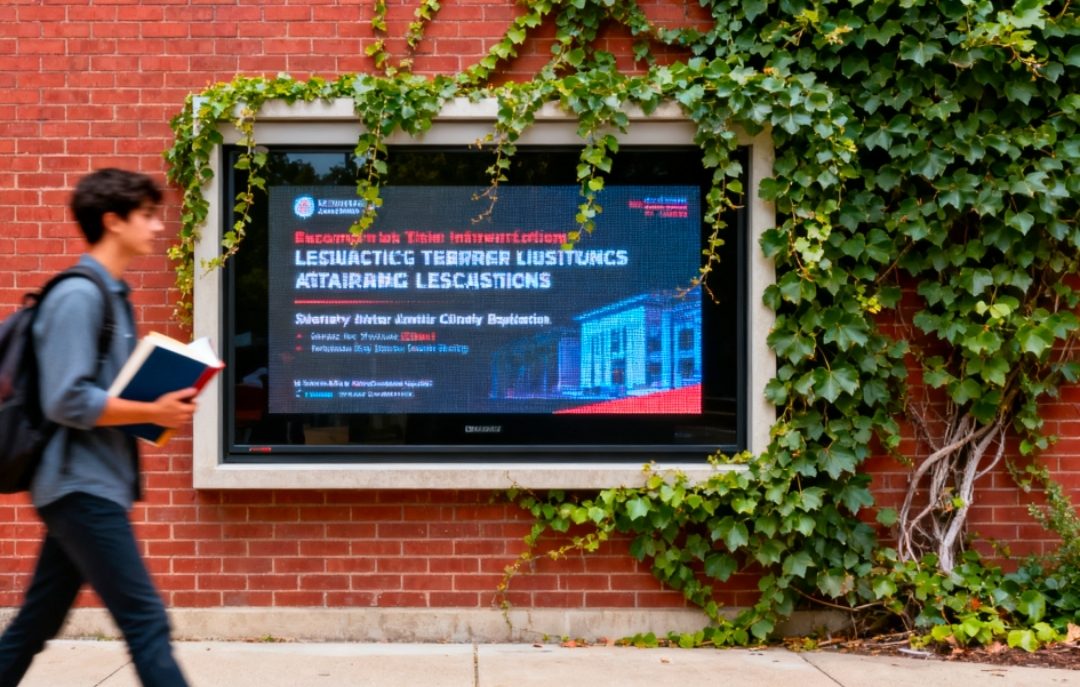
The reasonable selection of a heat dissipation solution is directly related to the operational stability, service life, and total cost of outdoor advertising displays. Accurate investment in the early stage can effectively reduce subsequent maintenance and replacement costs. Senpal helps enterprises cope with harsh outdoor environments and ensure the long-term value of equipment with efficient heat dissipation solutions.
Авторские права
@ 2025 Shenzhen Xunbao Energy Technology Co., Ltd. Все права защищены
.
Карта сайта
/ Блог
/ Xml
/ политика конфиденциальности
 ПОДДЕРЖИВАЕМАЯ СЕТЬ
ПОДДЕРЖИВАЕМАЯ СЕТЬ